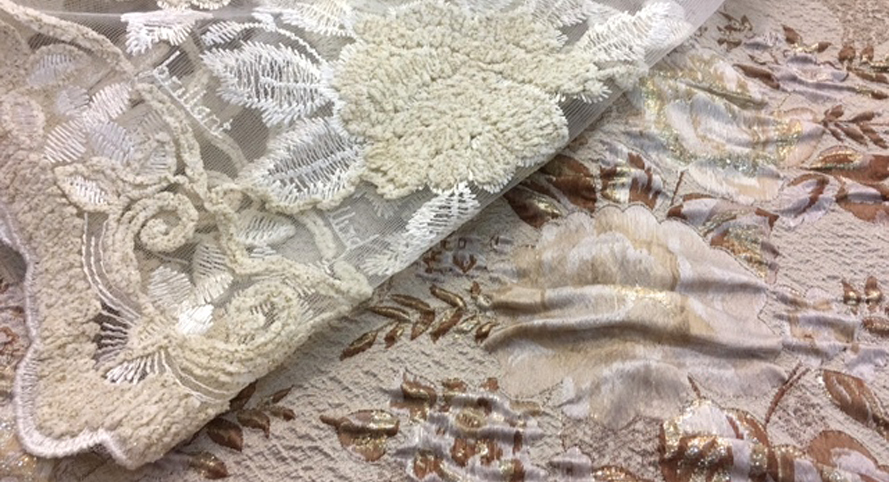
1. Chose the color and style
Choosing the right curtains and drapes should not be very complicated. Firstly, you have to decide which style you want and which colors should be best suited for your room. There are fabrics that can be very versatile and can be integrated in many styles like the plain veil/organza sheers and plain drapes. Usually the embroidery curtains are perfect for classic styles and make a perfect match with drapes printed or woven with baroque medallions, garlands, stripes or flower designs. Nevertheless there are situations when a classic curtains or drapes can be surprisingly well integrated in a modern decorated room, creating an eclectic combination of styles. When deciding for a modern look you can either chose for plain fabric, or with geometric and flower designs.
When we talk about colors there is a entire story. Matching the colors of the curtains and drapes with the other decorative objects in the room is the easiest and best way to create a harmonious look. Usually creating a connection with the colors from a carpet, sofa or wallpaper is a winning strategy. Balance is also very important so avoid using too much the same color in many decorative objects in the room. Other possibilities would also be to capture all the attention on the window choosing refreshing colors, or the opposite, using discreet pastel colors and fabrics that add an elegant touch to the room.
2. Measure the window
Measure the window area you would like to cover, typically from bracket to bracket, using a metal tape measure. If the rod/rail is not installed yet, keep in mind to choose one which is at least 19 inch longer than the window in order to be perfectly cover it and prevent the direct light to enter the room. This will make the window look larger and will maintain as much natural light as possible with the drapery panels open and positioned on the edges of the hardware, surrounding the window.
When measuring the high(H) of the readymade curtain start right under the rod/rail system. For a more elegant look you can have longer sheers, pooling on the floor or live 1 inch distance to the floor. Take the measurement from the top where you intend to mount the hardware (on the wall or from the ceiling if you decide to use a rail) to the floor and than decide how much distance you would like to keep between the curtain edge and the floor.
Just hitting the floor or sill. This look is classic and tailored and it makes sense if you will be opening and closing the curtains a lot because they will easily fall back into place every time you move them. The fabric should just touch the floor or hover half an inch above. This is also a great approach for cafe curtains (short panels that cover only the lower portion of a window and hit the sill), which work well in spots like kitchen and bathroom, where long drapes aren’t practical, but also for most of the curtains and drapes in general.
Breaking slightly at the floor. Panels that extend onto the floor by one or three inches are the most stylish right now. They are more relaxed than those that graze the floor, but they still feel tailored. If you have uneven floor or are worried about precision measuring, this style is more forgiving. In formal rooms, an exaggerated take – six ore more inches of fabric pooling on the floor can look romantic but might also be high- maintenance as curtains need to be handled every time you vacuum.
3. Calculate the number of yards needed
When talking about drapery, firstly you have to decide how the it should be: decorative stationary panel or to cover the entire span as functional panel with proper fullness. Stationary panels don’t need to cover the whole hardware, they just put a nice accent on the window adding a finished look. When choosing for functional drapes with proper fullness, order drapes that are approximately double the length of the window area you would like to cover and for a decorative look, choose at least 59-79 inch length drapes. For small windows, and less, is recommended to use only one panel of drape while for longer windows two or more panels can be used for an elegant look.
For proper fullness, order curtains that are at least double the length of the window area you would like to cover. For the perfect look you should consider a curtain which is 2.5 times the length of the rod/rail and even 3 times when we talk about plain, transparent sheers which have no design printed, embroidered or woven (organza, veil).
If you have any questions regarding choosing the right curtains and drapes we are more than happy to help so do not hesitate to ask us for advice and send us an e-mail at bluestagcurtains@yahoo.com .
